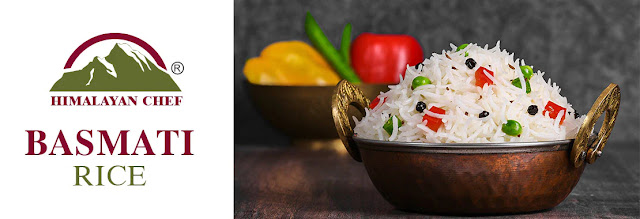Baking Powder: The Magic Ingredient for Perfect Baked Goods
Baking powder is a fundamental ingredient in the world of baking that brings a touch of magic to our favorite recipes. Whether you're a professional baker or an enthusiastic home cook, understanding the role of baking powder and its impact on your culinary creations is essential. In this article, we'll explore the wonders of baking powder, its composition, how it works, and some tips for using it to achieve optimal results. So, let's dive into the world of baking powder!
The Composition and Science Behind Baking Powder
Baking powder is a leavening agent composed of a combination of three key ingredients: baking soda, an acidifying agent, and a moisture absorber. Baking soda, also known as sodium bicarbonate, is a base that reacts with the acidifying agent when it comes into contact with moisture or heat. This reaction releases carbon dioxide gas, causing the dough or batter to rise.
The acidifying agent in baking powder can vary but often includes cream of tartar, monocalcium phosphate, or sodium aluminum sulfate. These acids create the necessary chemical reaction with baking soda, enabling the release of carbon dioxide bubbles that create a light and airy texture in baked goods.
The moisture absorber, typically cornstarch or a similar ingredient, helps to prevent premature activation of the leavening agents. It ensures that the reaction occurs when the batter or dough is exposed to heat, resulting in the desired rise during baking.
Importance of Baking Powder in Baking
Baking powder plays a crucial role in baking as it helps achieve the perfect texture, volume, and lightness in various baked goods. It is particularly essential in recipes that do not contain yeast or rely solely on beaten eggs for leavening.
When baking powder is added to the dough or batter, the carbon dioxide gas bubbles produced during the reaction get trapped within the mixture, causing it to expand and rise. This process creates the desirable fluffy and tender texture we associate with cakes, muffins, pancakes, and other baked treats.
Using Baking Powder: Tips and Tricks
To maximize the effectiveness of baking powder and ensure optimal results, keep the following tips and tricks in mind:
1. Check expiration dates: Baking powder loses its potency over time, so it's important to check the expiration date before using it. Expired baking powder may not produce the desired rise in your baked goods.
2. Measure accurately: Use precise measurements when adding baking powder to your recipes. Too much or too little can affect the final outcome. As a general rule, use one teaspoon of baking powder for every cup of flour.
3. Avoid overmixing: Once you add baking powder to the mixture, gently and briefly mix the batter or dough. Overmixing can cause the carbon dioxide bubbles to escape before baking, resulting in a less airy texture.
4. Bake promptly: Once you've combined the ingredients, be sure to bake the batter or dough promptly. Delaying the baking process can lead to a loss of the gas bubbles produced by the baking powder, resulting in a less fluffy final product.
Conclusion
Baking powder is an essential ingredient in the world of baking, responsible for creating light, fluffy, and perfectly risen baked goods. Understanding its composition, science, and application will empower you to unleash the magic it brings to your favorite recipes. Remember to store baking powder properly, measure accurately, and follow the recommended guidelines for optimal results. So, grab your apron, gather your ingredients, and let baking powder take your creations to new heights!




Comments
Post a Comment